One of the more confusing aspects of growing vegetables and herbs is knowing which should be seeded directly in the garden, and which should be started indoors before you transplant them. I often see both ways mentioned on seed packets, but these recommendations are simply that—recommendations based on the “norm.”
The norm is not so consistent, however, when you consider that many variables are at play, including your growing zone, your microclimate, the time of year, and even the cultivar you grow (especially when you consider that a crop like muskmelon, for example, can mature anywhere from 60 to 100 days).
So the simplest way to tackle this subject, I think, is to explain why you might want to direct sow seeds versus starting seeds indoors.
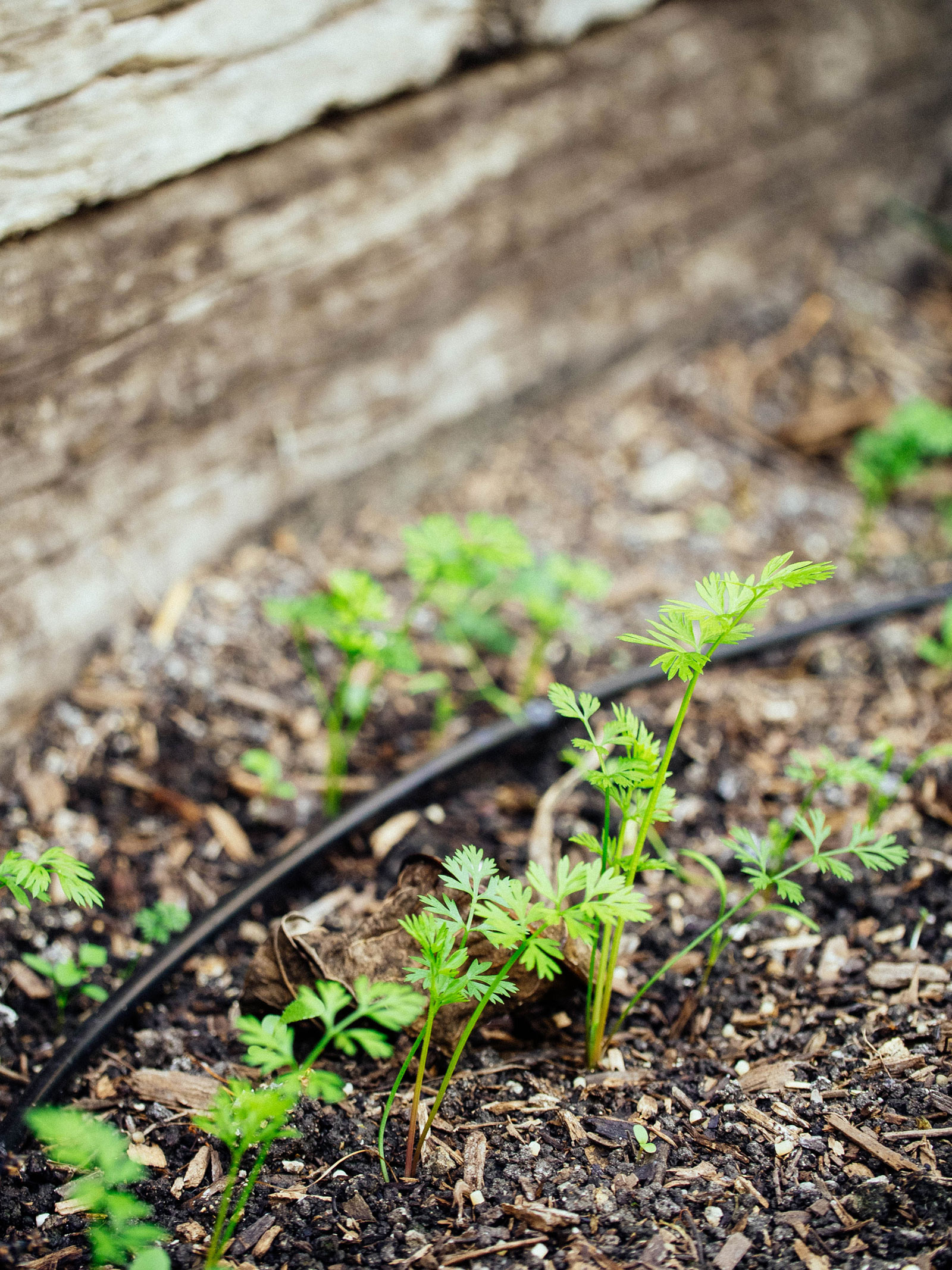
Why direct sow?
Many crops grow fast enough or easily enough that they’re best sown directly in the garden. They often include plants that are strong volunteers in your garden—those that drop their seeds every season and have no problems sprouting again, making it seem like they’re perennials when in fact they’re just really good at propagating themselves!
Other prime candidates for direct sowing include plants with long taproots, such as carrots, spinach, and dill. They don’t tolerate root disturbance very well and are prone to transplant shock. These kinds of plants tend to be more resilient and productive if you sow seeds right in the garden. (They can also be direct sowed weeks before the last frost, which—if you get a little antsy like I do in spring—satisfies that itch of planting something after a long winter.)
I also find that lettuce seeds and mixed salad green seed blends are easiest to scatter by the handful outside, since they don’t have to be planted in rows and grow very well in a slightly crowded bed.
Sure, you could start any of these seeds indoors or buy starts from a nursery, but this is just extra time and expense that often isn’t necessary for success.
What to direct sow
- Arugula
- Beans
- Beets
- Bulb fennel
- Carrots
- Cilantro
- Dill
- Lettuce
- Spinach
- Mache
- Parsnips
- Peas
- Radishes
- Turnips
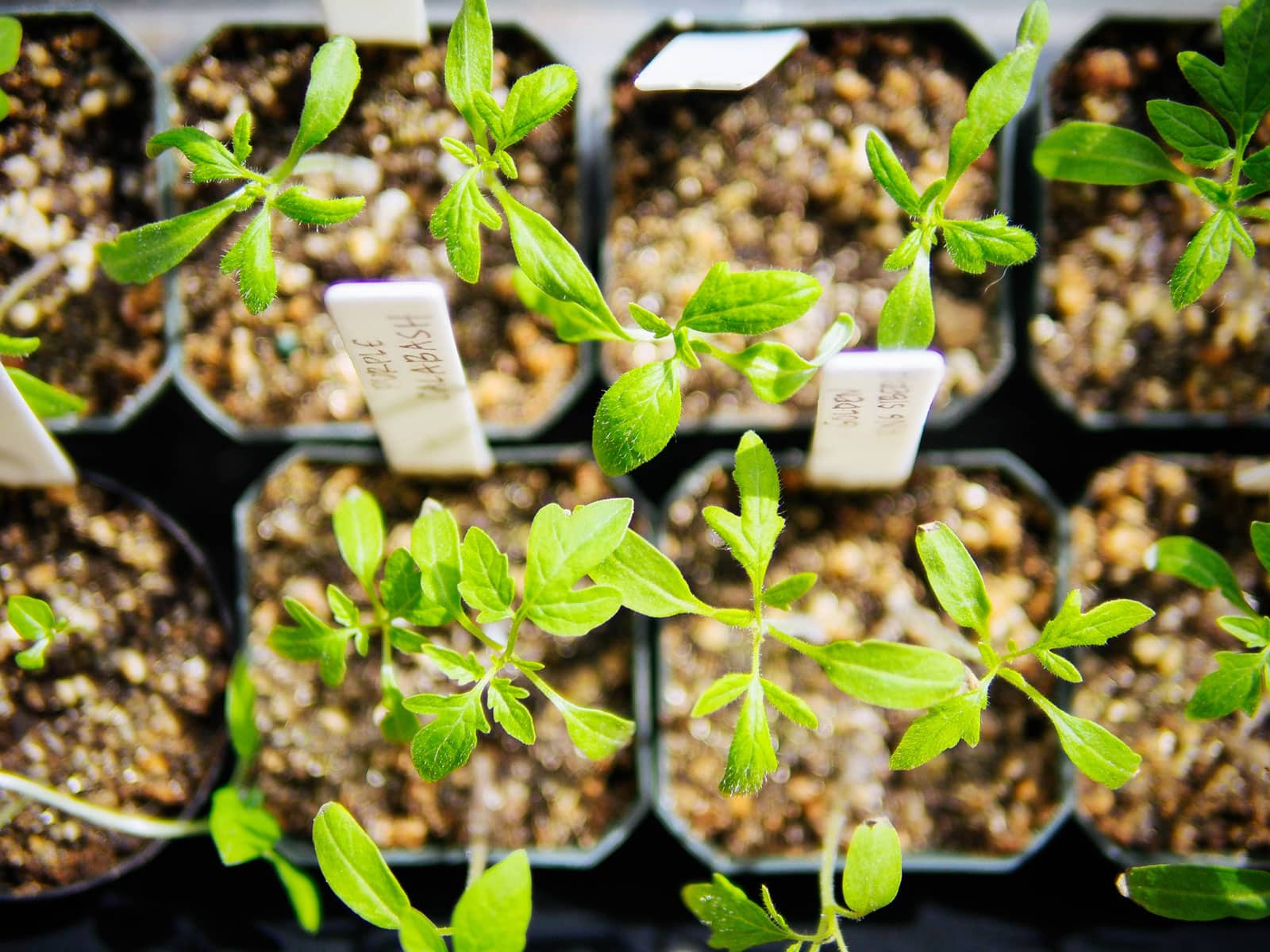
Why transplant?
For the most part, you should start seeds indoors for plants that have long germination times, require higher temperatures for germination, or take a long time to reach maturity. Starting them indoors gives you a head start in spring if you have a short growing season and want to make sure you get a good harvest before the first frost.
Related: Here’s a list of fast-growing tomato varieties that’ll mature well ahead of the first frost
Unless you live in a year-round temperate climates, a lot of long-season crops (like tomatoes, peppers, and winter squash) likely wouldn’t make it to maturity if they were seeded directly in the garden after the risk of frost has passed.
On the flip side, hot climates like Texas and Arizona need to start seeds indoors so they can plant out earlier to beat the summer heat. For these gardeners, transplanting in late winter ensures a harvest by the time extreme high temperatures cause many crops to slow down or stop growing altogether.
Some herbs are more difficult to start from seed, so it’s easier to buy transplants (which are usually started from cuttings) or to take cuttings yourself from an existing plant.
What to transplant
- Celery
- Eggplant
- Lavender
- Oregano
- Parsley
- Peppers
- Rosemary
- Tomatoes
- Tomatillos
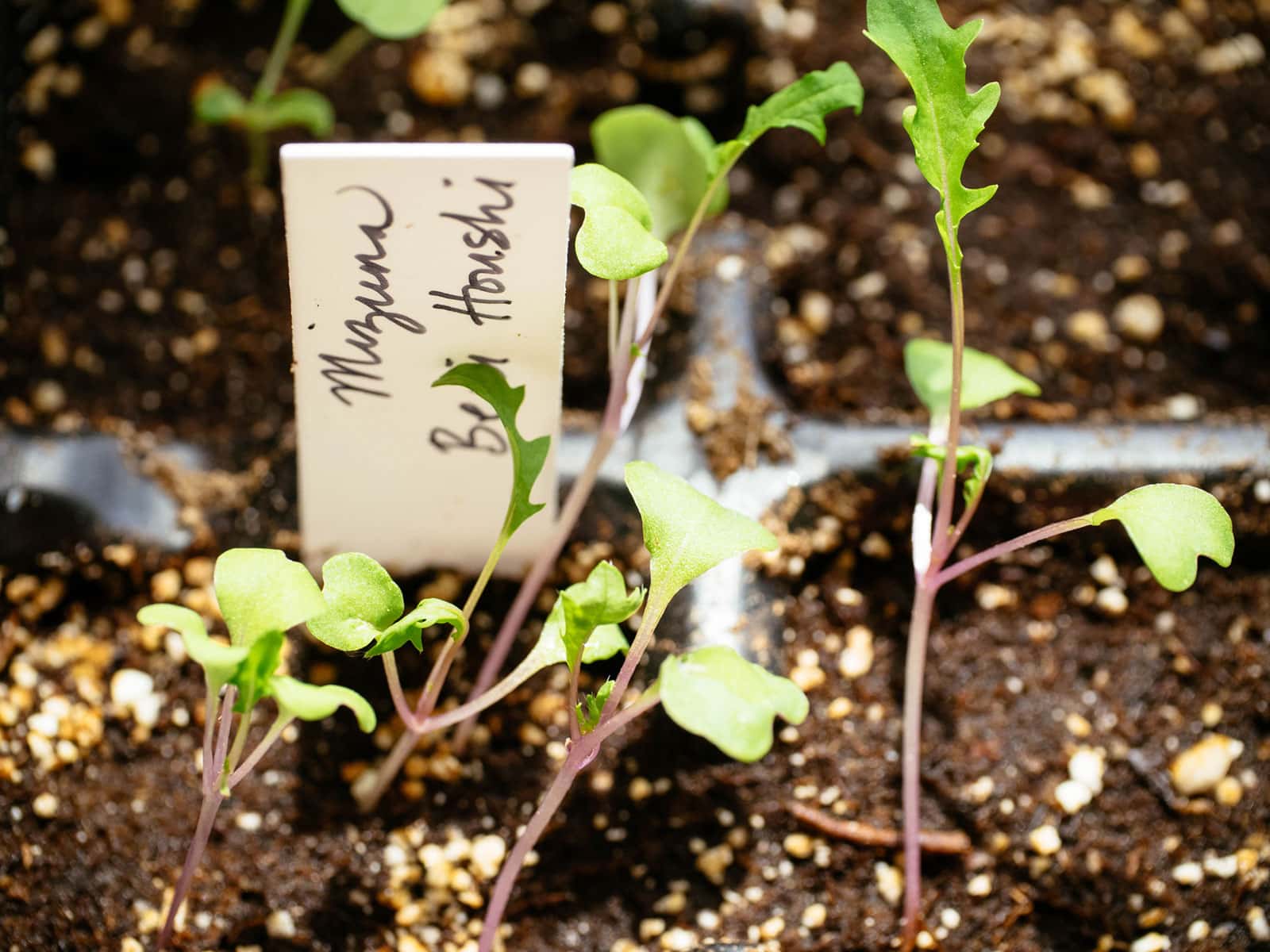
Some plants can go either way
If you have a long enough growing season, or choose short-season varieties that will do well in your climate, some crops can be direct sown or transplanted.
Direct sowing saves space under your grow lights for more finicky seedlings, but transplanting gives you time if the soil isn’t workable yet or you’re waiting to replace other plants in the garden.
It’s easier to sow tiny seeds indoors where you can see them and not waste them, but sowing seeds outside means you don’t have to thin or separate seedlings.
If you want a lot of any particular crop, like leafy greens, it makes sense to direct sow seeds outside (and sow them in succession) so you’re not spending all your time transplanting crops that grow and mature quickly. But if you’re only looking to grow a couple of chard plants, starting seeds indoors gives you more control.
Seasonality is also a factor: cole crops (such as cabbage, broccoli, and cauliflower) can be direct sown in early spring, but they’re sometimes better off being transplanted in late summer to early fall for a fall and winter harvest. That’s because it can be challenging to keep seedlings from drying out in hot, dry summer weather if they don’t have a little shade to protect them.
These same cole crops may also do better as transplants in spring if they’re susceptible to cabbageworms; the larger they are, the more likely they’ll bounce back from pest damage.
Which plants can be direct sowed or transplanted
- Asian greens
- Basil
- Broccoli
- Cabbage
- Cauliflower
- Chard
- Collards
- Corn
- Cucumbers
- Kale
- Muskmelons
- Mustard greens
- Onions
- Summer squash
- Watermelon
- Winter squash


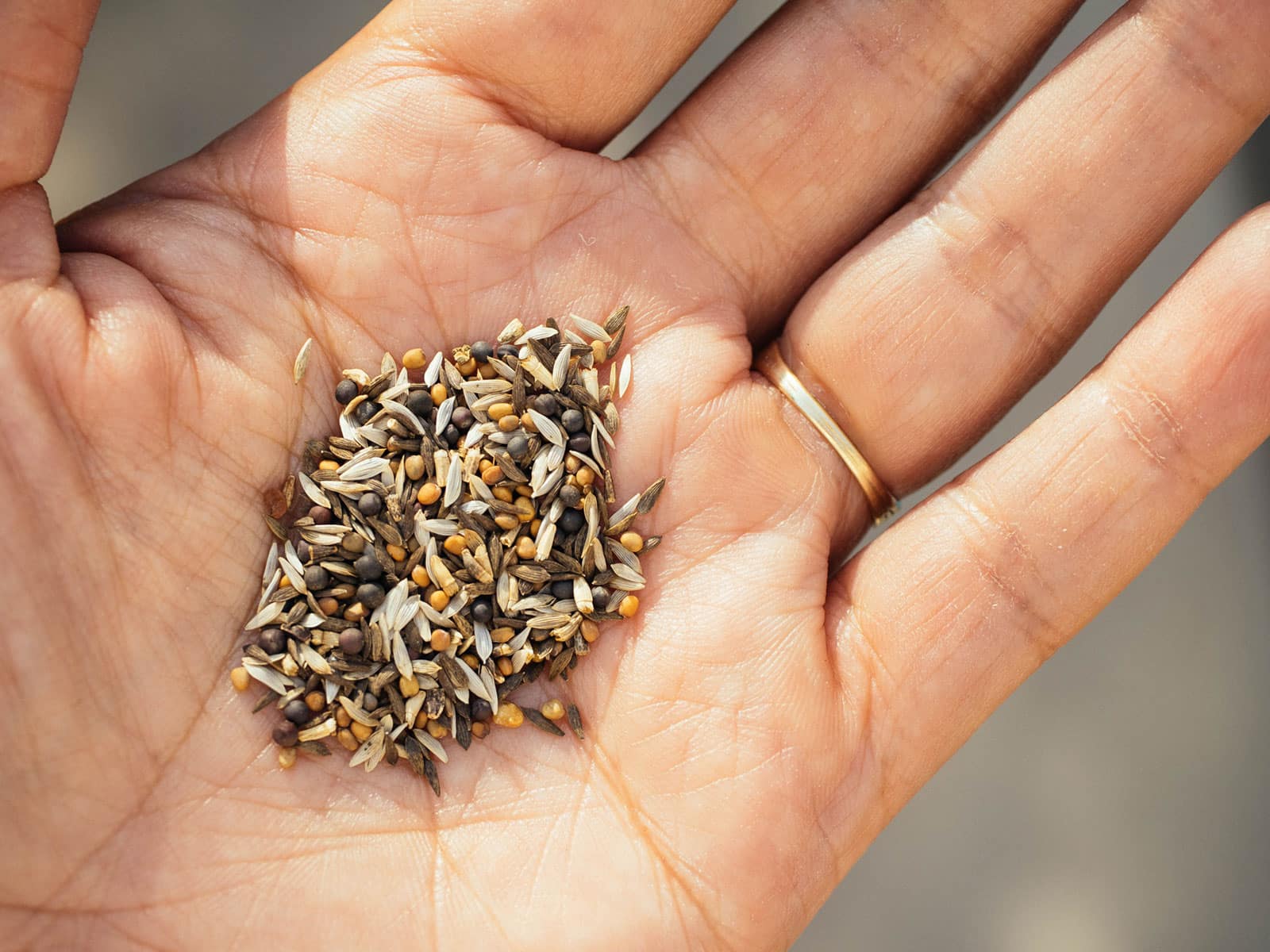
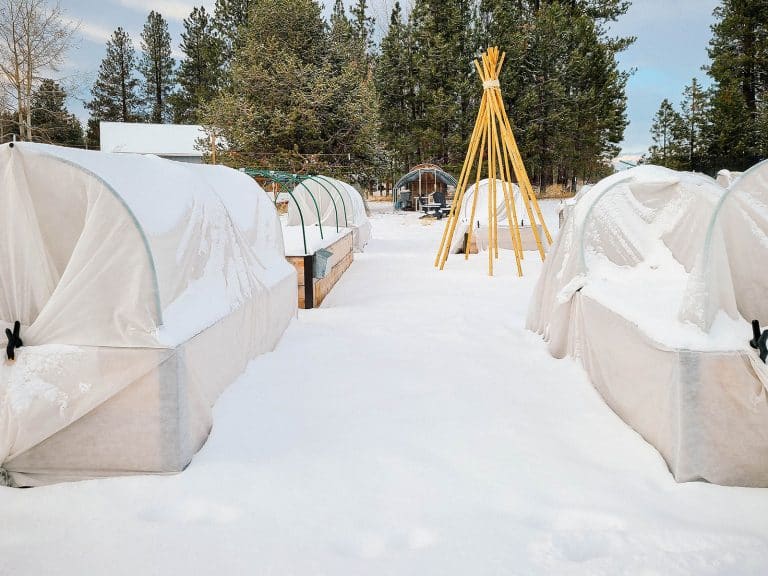
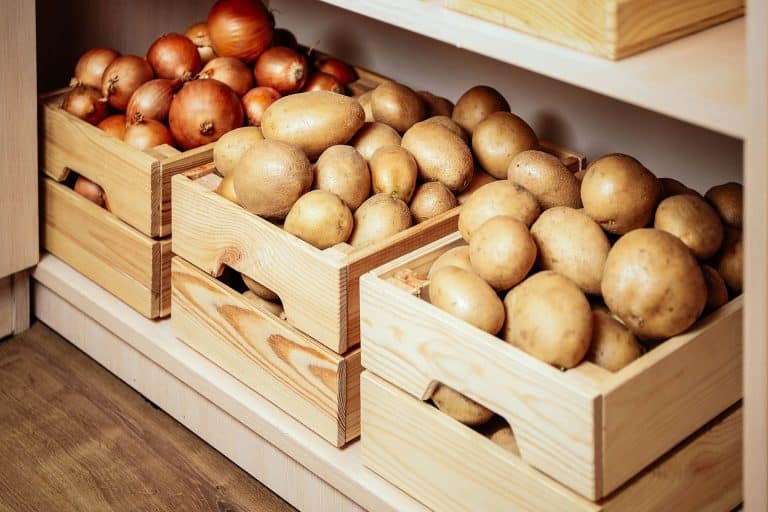
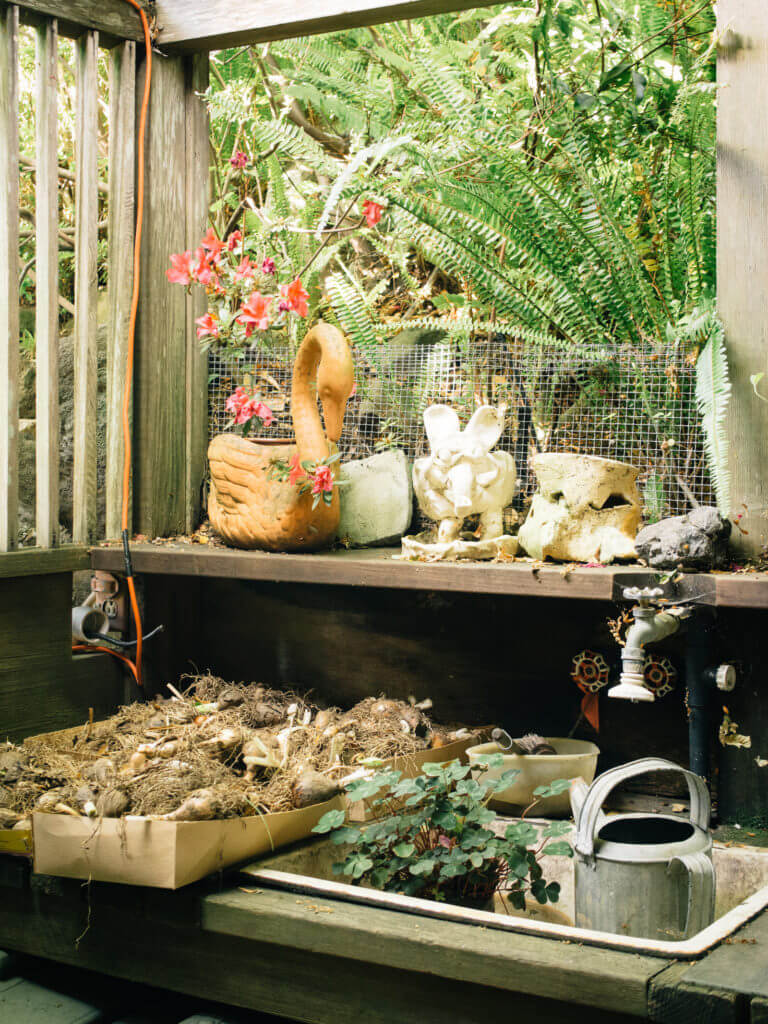
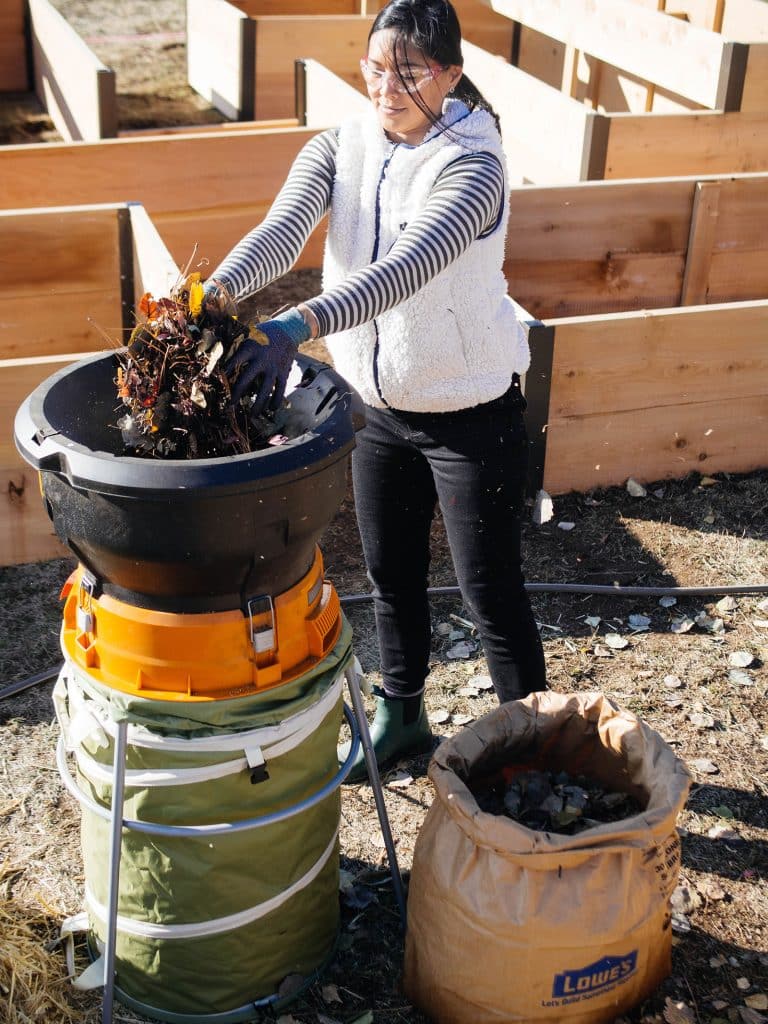
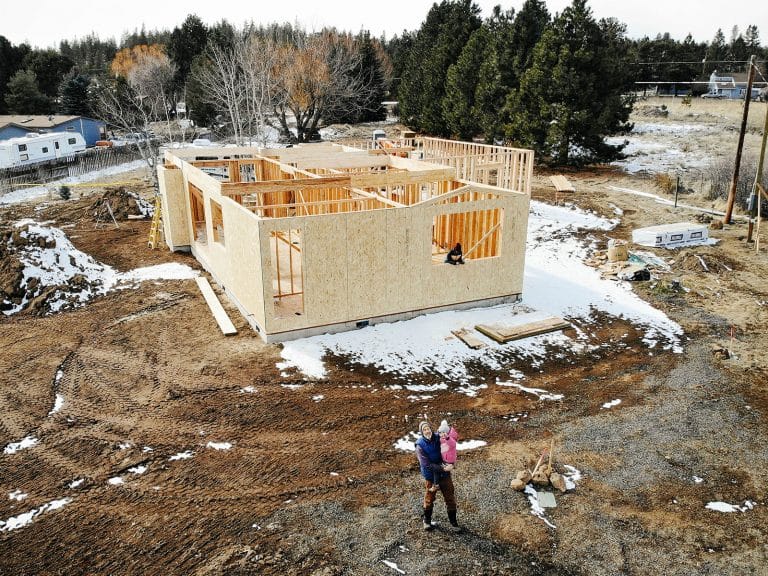
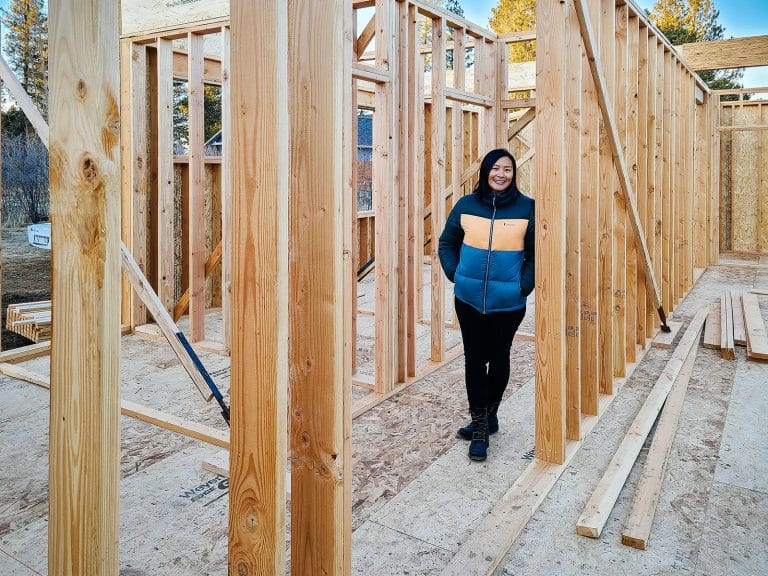
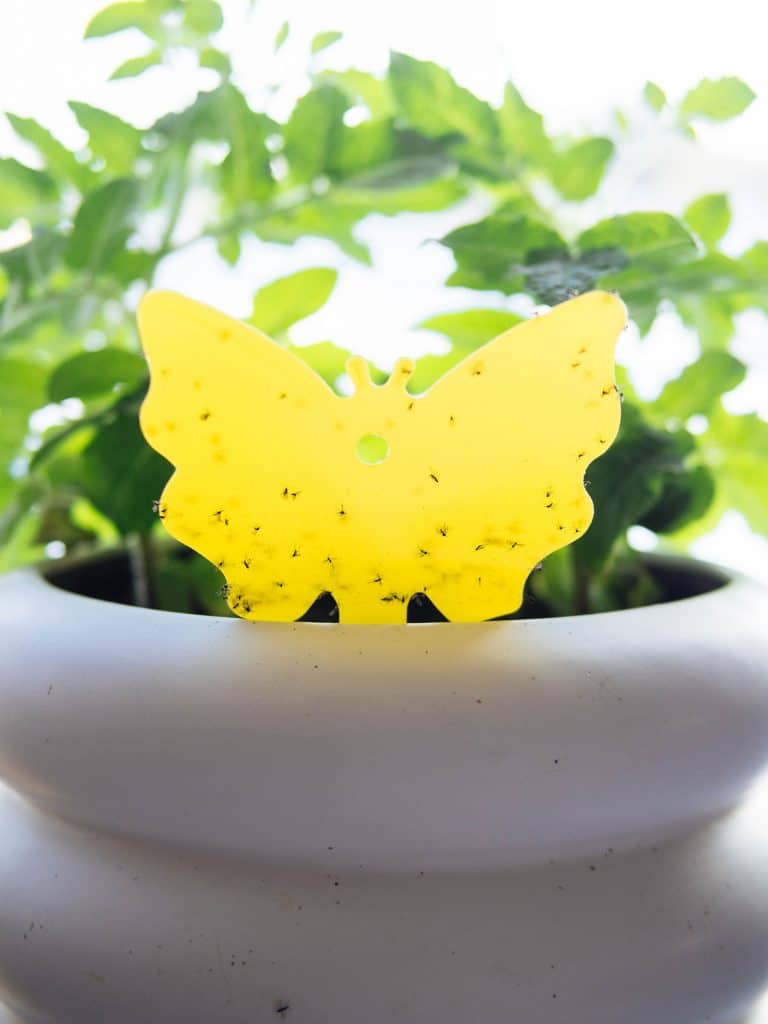
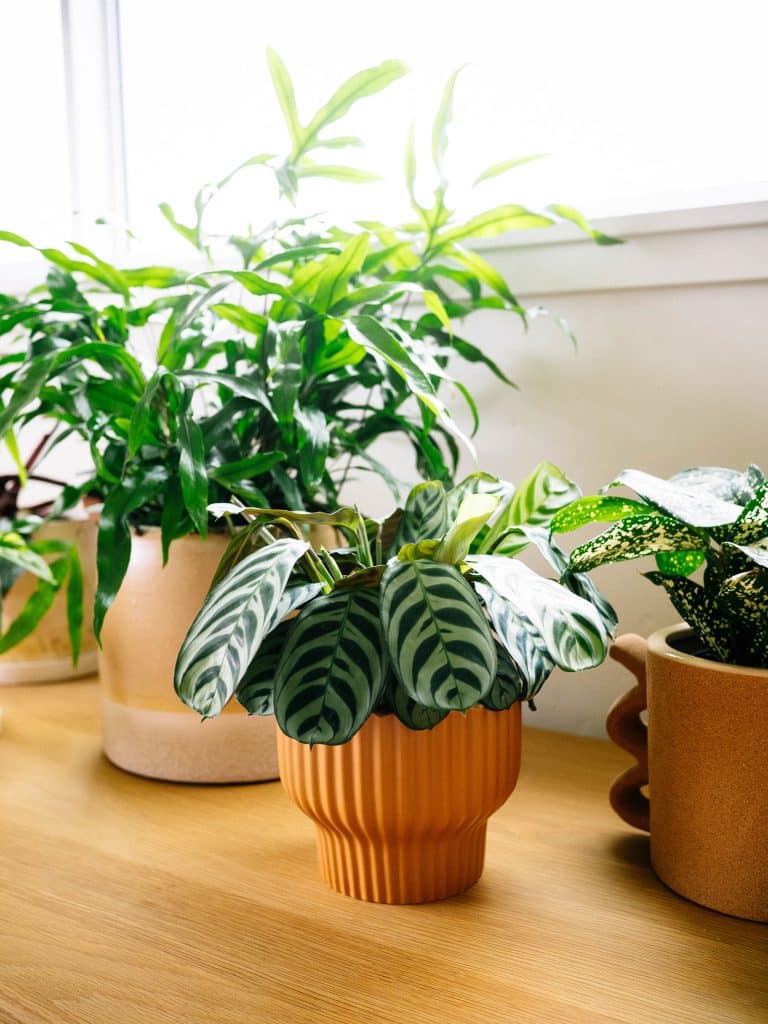
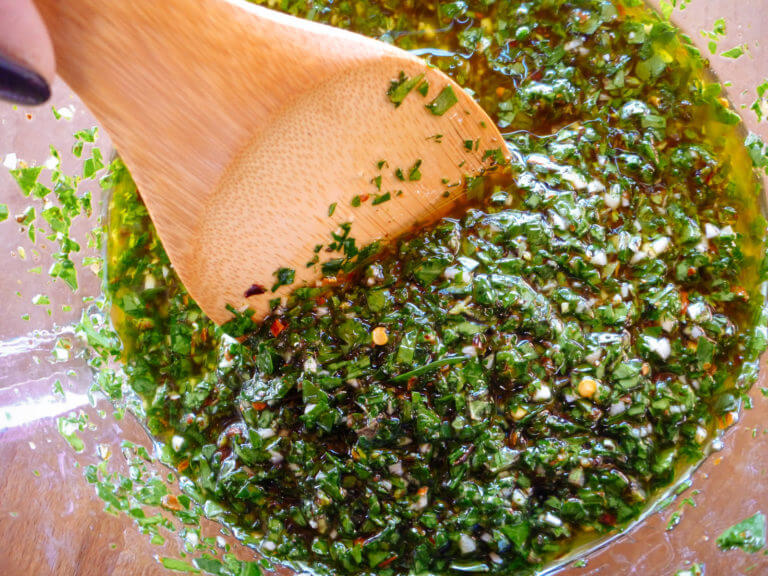
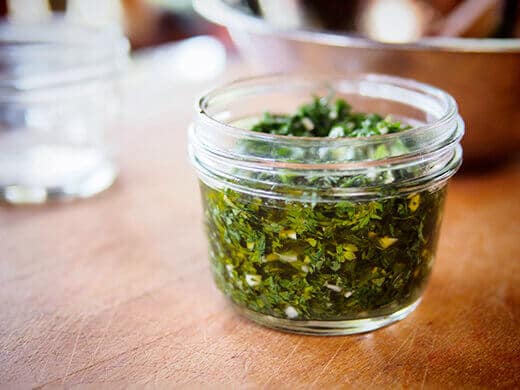
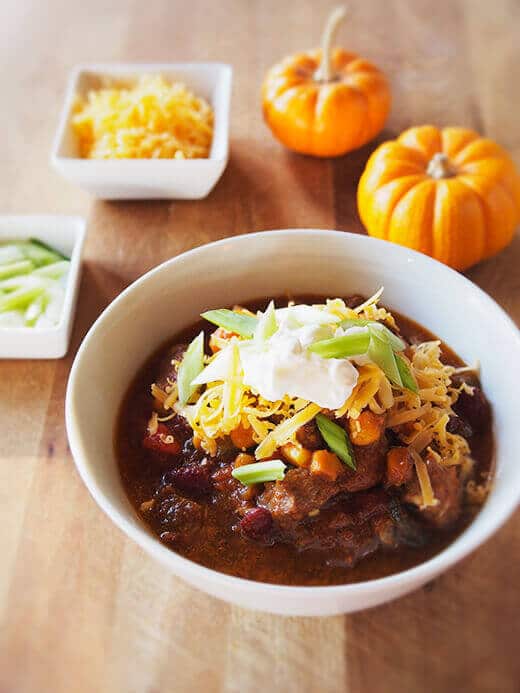
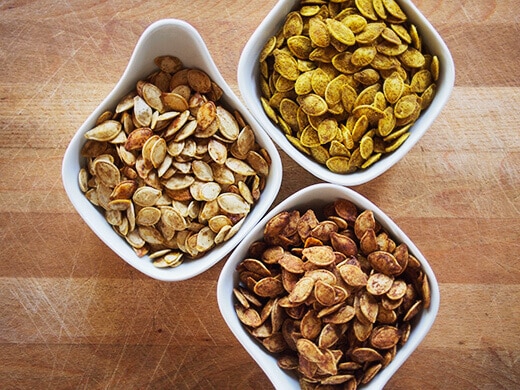

Nice post! After my father retired to Florida, he always threw a small handful of seed at the end of each role. Florida is rife with root-munching gophers which the locals insist on calling ‘moles’, which are insectiverous and not a serious threat to seeds. These he used to fill in where the gophers had wiped out germinating seeds. He also planted castor bean right in the row with both crops. The gophers eat it and die–it is very poisonous. After risk of gopher damage was over, he pulled out remaining castor bean plants so they wouldn’t be weeds. These he set out in odd corners to insure a continuous supply of seed…and they are ornamental. I was surprised to see ‘beets’ in the no transplant list as I’ve read in many places that they can be transplanted and still make a will formed root, unlike the other root crops on your no-transplant list. That said, beets are so easy to grow from seed I never bothered. Now that you got me thinking, though, I’ll start some early to transplant, to see if they at least a good leaf crop before the leaf miners emerge. I like whole beets, but especially the leaves.